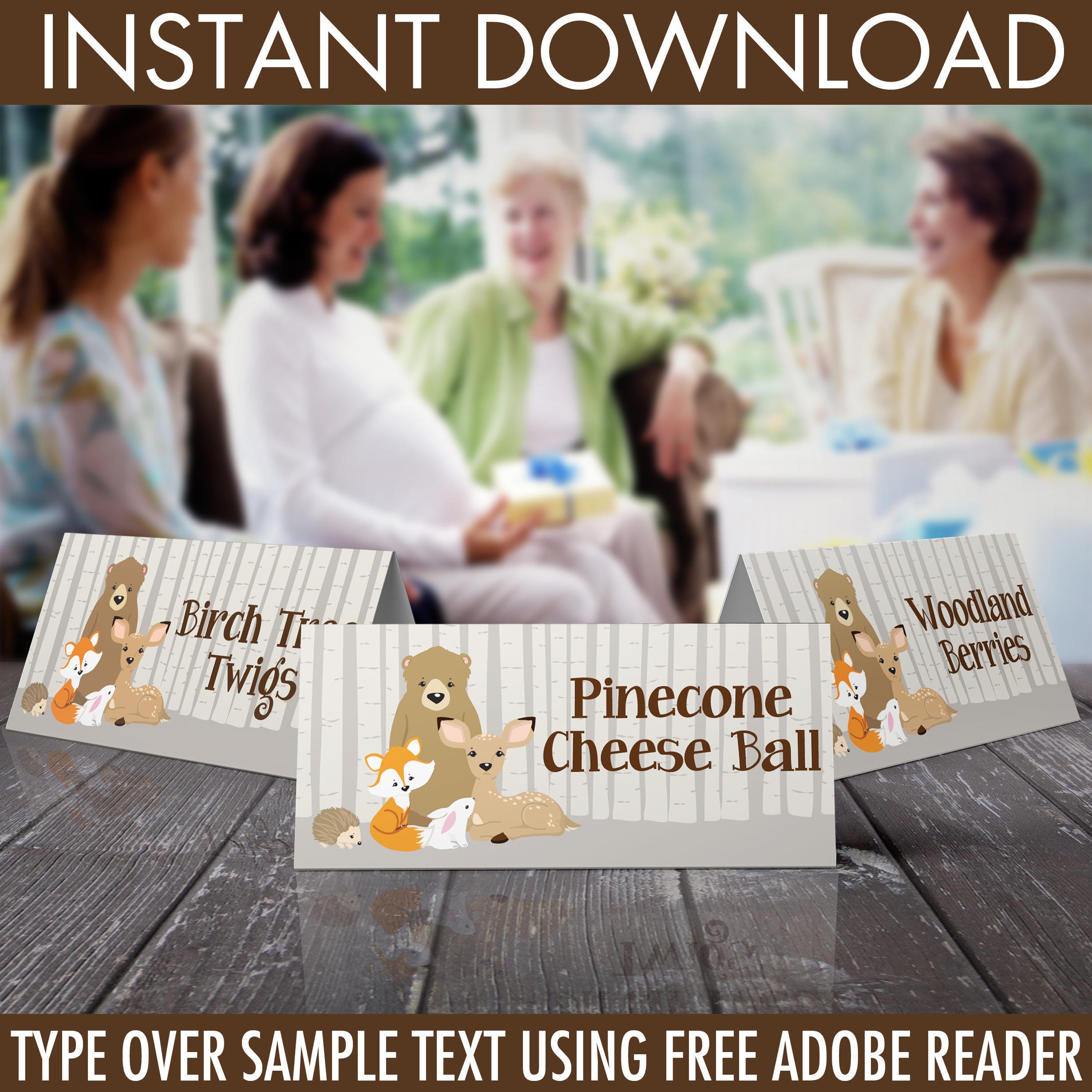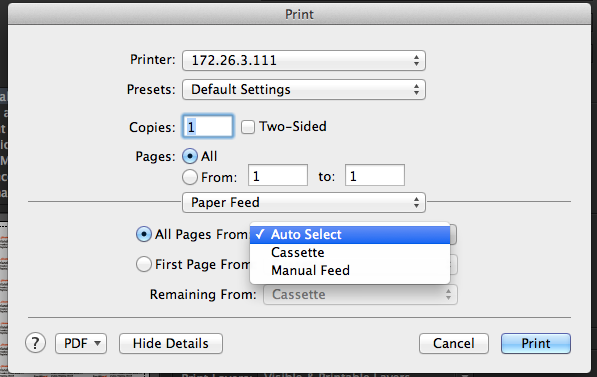

- #Print selection adobe reader pdf
- #Print selection adobe reader full
- #Print selection adobe reader code
- #Print selection adobe reader series
This.getField("DeptEmail").value = DeptData.email This.getField("DeptContact").value = ntact Populate fields with values from the Department Data Object
#Print selection adobe reader code
It’s at this time that the data entry is complete and selection data is valid.Įnter the following code into “Custom Keystroke” Event script if( event.willCommit ) It’s the second call, when the data is committed that we want to use this event. Care must be taken when using this event because it’s called twice- once when the user clicks on a list entry, and once when the data is committed. As explained earlier, the Keystroke Event is also the List Change Event. Click on the Edit button for the “Custom Keystroke Script:,” ( Figure 3).įigure 3 Entering a Selection Change (Keystroke) ScriptĨ. From the “Select format category:” drop down list, select “Custom,” ( Figure 3).ħ. Otherwise, the selection change is not detected until the user takes the focus off the Combo Box by clicking on, or tabbing into, another field.įigure 2 Setting up the Combo Box OptionsĦ. We want to see the results of the user’s selection when it happens, so check the “Commit selected value immediately” option, ( Figure 2). Locate the Combo Box with the name “DepartmentNames” and double click on it to display the Combo Box Properties Dialog ( Figure 2).Ĥ. Activate the “Select Object Tool” from the Advanced Editing toolbar as shown in Figure 1.įigure 1 Activating the Select Object ToolĢ.

This is the completed example with all the code.ġ. It contains all the necessary form fields, but none of the JavaScript code. This document is the starting point for the example. The following two files are provided with this tip. In the following example the Change Event is used to pre-populate a set of form fields. In both Lists and Combo Boxes this event is triggered when the user makes a selection. This is the same event used with the Text Edit Box. The Change Event is the same as the Keystroke Event. For this tip only a single event is needed (the Change Event) since it is only necessary to know when a new selection has been made. The Combo Box Properties Dialog ( Figure 2) has locations (tabs) to enter scripts for all these events.
#Print selection adobe reader series
It receives a whole series of events for keystrokes, selections, validation and formatting. The Combo Box is a combination of two other field types- the Text Edit Box and the List Box, so it shares characteristics of both. But, with a little knowledge Combo Boxes really are easy to work with. Unfortunately, the way Acrobat Events work can make this a slightly confusing task to set up. Using Combo Boxes like this is an excellent way to create dynamic and interactive documents. For example, pre-populating or hiding a block of form fields, resetting lists, changing how calculations are done, etc.
#Print selection adobe reader pdf
Selections from a Combo, or DropDown Box, are often used to modify a PDF form in some way.
#Print selection adobe reader full
Scope: All Acrobat Full versions (not Standard) Portname - The printer’s port.Changing another field with combo box (drop down) selection The four parameters of the /t option evaluate to path, printername,ĭrivername - Your printer driver’s name, as it appears in your printer’s properties. Specified, while suppressing the Print dialog box. Initiates Adobe Reader and prints a file, whose path must be fully Opens Acrobat or Adobe Reader in a minimized window.ĪcroRd32.exe /p pathname - Executes Adobe Reader and displays theĪcroRd32.exe /t path "printername" "drivername" "portname". Opens Acrobat or Adobe Reader, suppressing the open file dialog. Opens Acrobat or Adobe Reader, suppressing the splash screen. Launches a separate instance of Acrobat or Adobe Reader, even if one

If you are using Acrobat, substitute Acrobat.exe in place of AcroRd32.exe on the command line.ĪcroRd32.exe pathname - Executes Adobe Reader and displays the file, whose full path must be provided. NOTE: All examples below use Adobe Reader, but apply to Acrobat as well. You can display and print a PDF file with Acrobat and Adobe Reader from the command line. There is no documentation for these commands other than what is listed below. These are unsupported command lines, but have worked for some developers. How Do I Use Command Lines with Acrobat and Adobe Reader on Windows? See below for a list of the possible command line options. What you could do is use the /p option together with a VBS (or similar) script to manipulate the Print dialog and select the required page to print:ĪcroRd32.exe /p pathname - Executes Adobe Reader and displays the Print dialog box. There is no option to print a specific page. Something like: AcroRd32.exe /P "page=3" "file.pdf" Is there a similar solution for printing a specific page?


 0 kommentar(er)
0 kommentar(er)
